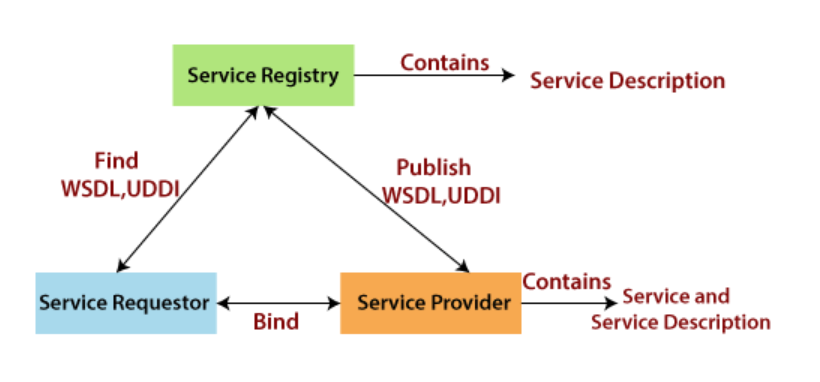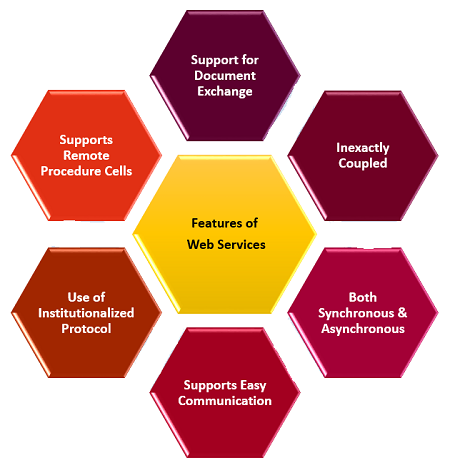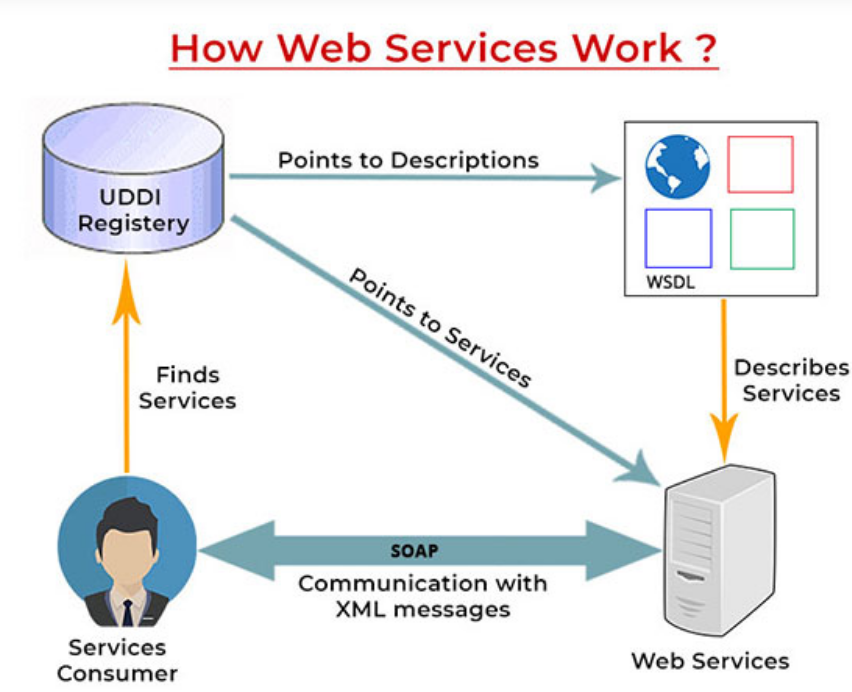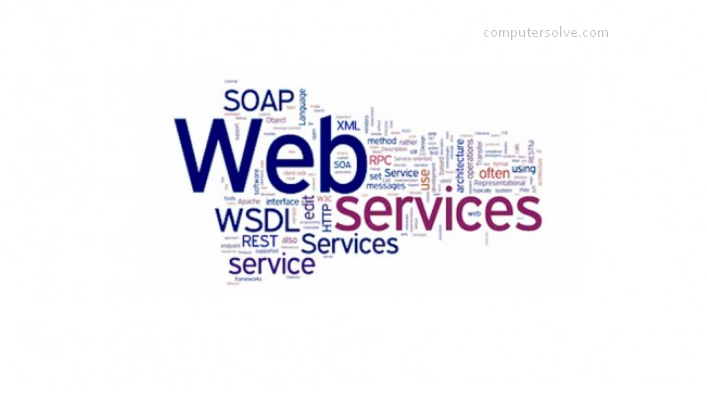Webservice are XML-centered data exchange systems that use the internet for A2A (application-to-application) communication and interfacing. It has an interface described in a machine-process able format (specifically, web Service Definition Language, or WSDL).
Web services can be used by software programs written in a variety of programming languages and running on a variety of platforms to exchange data via computer networks such as the Internet in a similar way to inter-process communication on a single computer.
The following ways can characterize a Web Service:
- Client-server application segment for correspondence.
- Correspondence between two gadgets over the system.
- Product framework for interoperable machine-to-machine correspondence.
- Assortment of norms or conventions for trading data between two gadgets or applications.
Web Services Architecture:
Every framework needs some sort of architecture to make sure the entire framework works as desired, similarly, in web services.

Provider – Provider creates the web service and makes it available to client application who want to use it.
Requestor – Requestor is nothing but the client application that needs to contact a web service.
Broker – The broker is nothing but the application which provides access to the UDDI.
WebService Features:

- Available over the internet or internet networks.
- Supports Document Exchange.
- Independent of a single operating system or programming language.
- A simple location approach can be used to locate it.
- Discoverable through a simple location method.
- XML messaging protocol that is standardized.
- Operating system or programming language independent.
- Using the XML standard, it is self-describing.
- Self-describing via standard XML language.
- Standardized XML messaging system.
- It’s possible to access it via the internet or intranet networks.
How does a WebService Works ?

A web service enables communication among various applications by using open standards such as HTML, XML, WSDL, and SOAP. A web service takes the help of –
- XML to tag the data
- SOAP to transfer a message
- WSDL to describe the availability of service.
It is a counterpart to HTML. When programs communicate with one another, they do so using XML. This creates a common platform for applications written in different programming languages to communicate with one another.
The client application that calls the web service can be created in any programming language because the content is written in XML.
- Web-Service functions as a request-response pattern that empowers communication among different applications by utilizing open gauges, for instance, HTML, XML, WSDL, and SOAP.
- An element will request some support of its partner to be a specific specialist service provider. Upon demand, the specialist co-op will react with a reaction message. By the help of this we can manufacture a Java-put together web administration with respect to Solaris that is open from your Visual Basic program that sudden spikes in demand for Windows.
- An administration utilizes XML to label information, SOAP to move a message lastly, WSDL to depict the accessibility of administrations.
Components of WebService:
There are three major components. Let us study in detail it:
SOAP:
- SOAP is an abbreviation for Simple Object Access Protocol.
- XML-based convention for getting to web administrations.
- W3C recommendation for communication between applications.
- Platform independent and language independent.
WSDL:
- WSDL is an abbreviation for Web Services Description Language.
- XML document.
- Containing data about web administrations, for example, technique name, strategy parameter and how to get to it.
- Interface between web administration applications.
UDDI:
- UDDI is an abbreviation for Universal Description, Discovery and Integration.
- XML based system.
- Containing data about web administrations.
WebService Advantages:
- Exposing Business Functionality on the network – A web service is a unit of managed code that provides some sort of functionality to client applications or end users. This capability can be accessed over the HTTP protocol, which means it can be accessed from anywhere on the internet.
- Interoperability amongst applications – Web administrations allow diverse apps to communicate with one another and exchange information and services. All types of applications can talk to each other.
- Communication with Low Cost – Because web services employ the SOAP over HTTP protocol, you can use your existing low-cost internetconnection to implement them.
- Reusability – A single web service can be used simultaneously by several client applications. Offers faster communications within and across various network and organizations.
